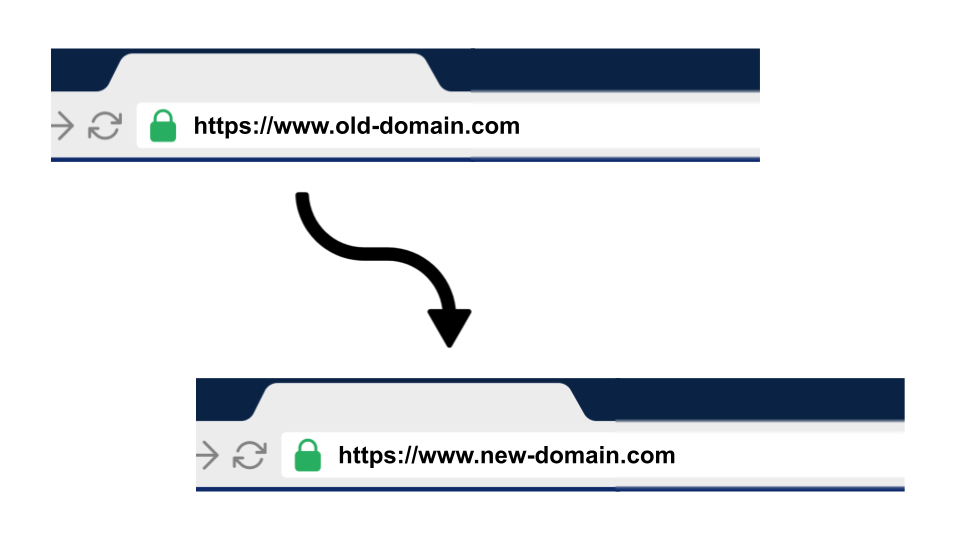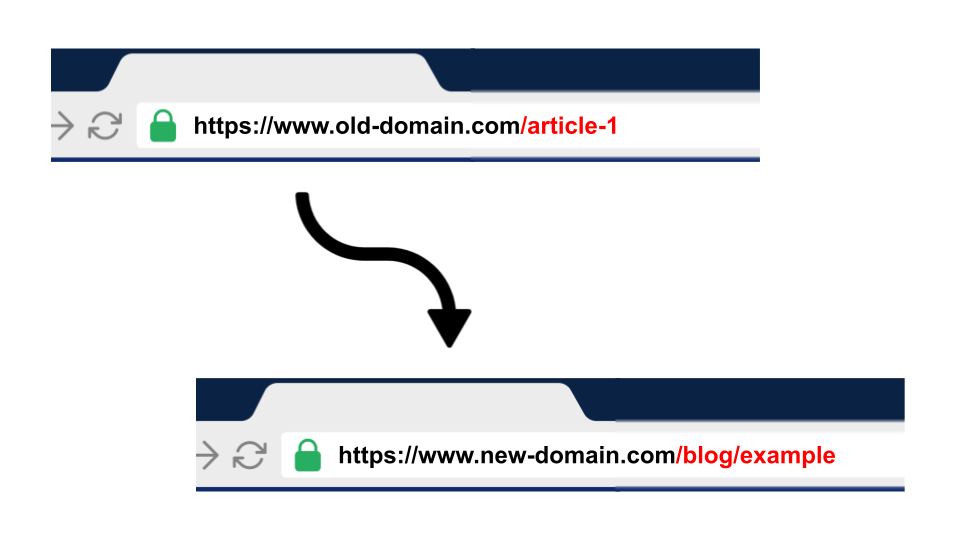The micro-SaaS challenge: Day 30 (Building Apocode #5)

I wrote previously about my intention of creating and launching 10 micro-SaaS products in 100 days, while building Apocode (a UK-based startup helping entrepreneurs create SaaS products without writing code).
Ten days ago, I announced the second micro-SaaS. This article introduces the third.
Domain forwarding
Many individuals and businesses own multiple domain names. For example, Google owns google.com, google.net (the same domain with a different extension), googel.com (letters swapped) and gogle.com (letter missing).
The most common strategy to capture all traffic is to send visitors of the secondary domains back to the main domain. Redirects can be permanent (HTTP codes 301 or 308) or temporary (HTTP codes 302 or 307). This technique is known as domain forwarding or domain redirect, and it is easy to set up for free with almost all registrars (e.g. GoDaddy domain forwarding, Namecheap domain forwarding).

The problem
Another, more elaborate, form of domain forwarding occurs when companies choose to create a new website with a different structure because they are changing their name or rebranding a product. For example, a blog post might move from https://www.old-domain.com/blog/article-1 to https://www.new-domain.com/blog/example.
Unfortunately, most registrars don't offer this redirection option and the businesses end up having to set up their own infrastructure to handle it.
My third micro-SaaS, Easy Domain Forwarding, solves the issue by allowing domain owners to set up redirections with custom path mappings between their domains. The redirections will only require one small DNS change, and can be set up by non-technical users in less than 5 minutes.

Building Apocode
While building this third micro-Saas, I managed to make some important improvements to the core of Apocode that will benefit the current and future SaaS products created through it. Here are a few examples:
- Page and table actions: Actions such as "Edit", "Delete" or "Sync" can be added at the top of any page or inside any table.
- Navigation improvements: All pages now load much faster and the flickering experienced when switching pages has almost gone.
- SEO improvements: Pages can have a custom title, description, and list of keywords. Although this is still done entirely through code, it will later allow Apocode's users to customise how their pages appear in search results.
As expected, this made the creation of the core of the third micro-SaaS much faster than the first two. I am confident that by the end of the challenge the process will take only a few minutes.
I also took the time to contact new sign-ups to Apocode's product waitlist. This led to very interesting conversations with some amazing entrepreneurs from all over the world. Some of them have use cases that Apocode might be able to support in the next few weeks or months...
Now, onto the next micro-SaaS!
If you want to provide feedback or follow the journey, you can join Apocode's product waitlist, subscribe to my blog, follow me on Twitter, or email me at nicolas@apocode.com